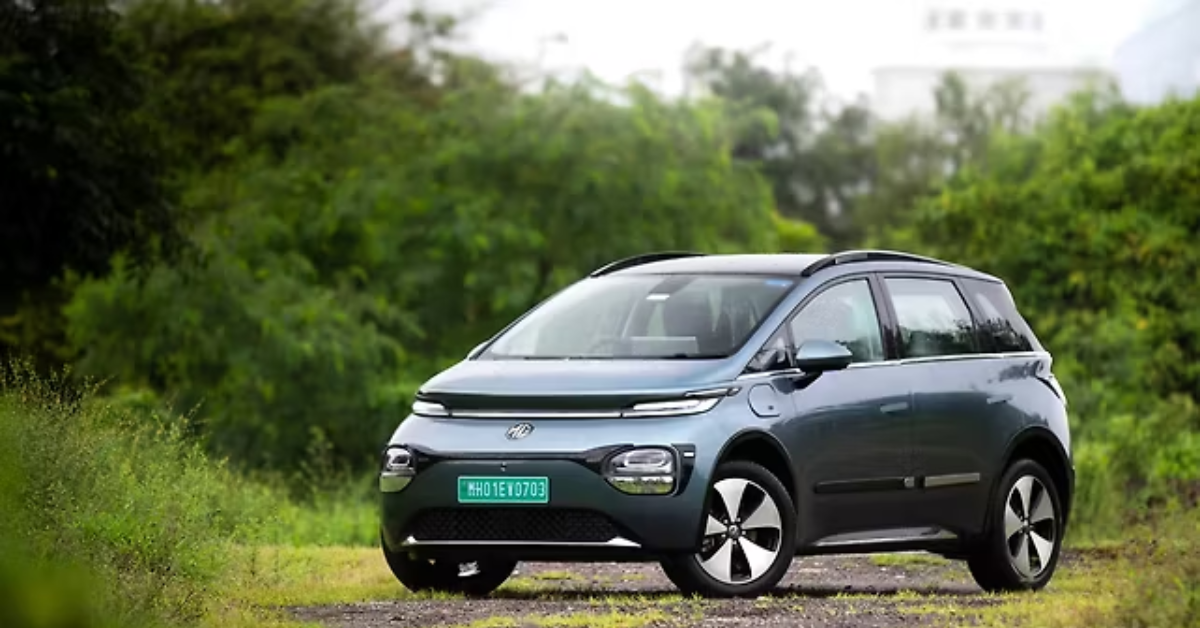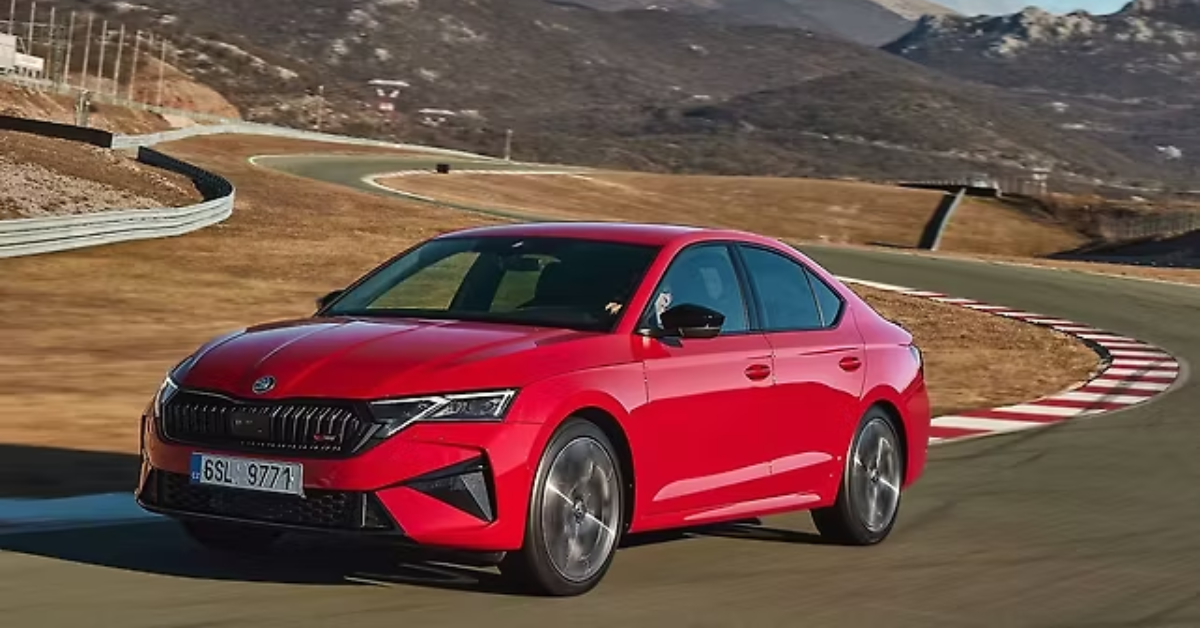The electric vehicle (EV) revolution is evolving—and with the unveiling of the first fully built solar EV by Aptera Motors, the future just got a lot brighter, quite literally. Aptera, a California-based startup known for reimagining transportation, has taken a bold step by creating a solar-powered electric vehicle that could run without ever needing a traditional charge under ideal conditions.
This is not just another EV. It’s a highly aerodynamic, three-wheeled vehicle that uses the power of the sun to cover significant daily distances—pushing the limits of what we thought was possible with electric mobility.
🌞 What Makes Aptera’s Solar EV Unique?
Unlike conventional EVs that rely exclusively on plug-in charging, Aptera’s SEV (Solar Electric Vehicle) comes with integrated solar panels across its surface. These panels are designed to generate enough energy to power the vehicle for up to 40 miles (64 km) per day, solely from sunlight. That means for many users, especially in sunny climates, daily commuting could be completely solar-powered—no plug needed.
But solar is just the beginning. The car also includes a large battery pack with options ranging from 250 miles (400 km) to 1,000 miles (1,600 km) on a single charge, depending on the configuration. This extended range, combined with solar top-ups, makes it one of the most efficient electric vehicles ever built.
⚡ The Technology Behind Aptera
Aptera’s innovation lies in its focus on energy efficiency. Here’s what powers its revolutionary performance:
- Ultra-light composite body: The Aptera is made using advanced materials that are both lightweight and strong, minimizing energy consumption.
- Drag coefficient of just 0.13: This is one of the lowest ever seen in a production vehicle, achieved through its teardrop shape and three-wheel design.
- Integrated solar array: Up to 700 watts of solar panels are fitted on the body—roof, hood, and rear—to soak up sunlight throughout the day.
- Regenerative braking system: Helps recover energy while decelerating, further extending range.
Combined, these technologies mean less energy consumed per mile, more range per charge, and significantly lower environmental impact.
🚙 A Fully Built, Road-Ready Prototype
After years of development, Aptera has now revealed its first fully assembled production-intent vehicle, bringing its vision from blueprint to reality. This version showcases not just the sleek design but the actual hardware that will be used when deliveries begin.
From the futuristic cockpit to the minimalist interior design, this is a vehicle built for the 21st century—and beyond. The final version includes:
- Seating for two
- Digital displays and software-based controls
- Bi-directional charging capability
- Solar dashboard monitoring system
- Optional off-grid kits with camping and mobile living features
This prototype is not a concept—it is road-ready, and Aptera plans to start customer deliveries soon.
🌍 Sustainability Meets Functionality
One of the biggest advantages of the Aptera SEV is its eco-friendliness. Not only is it zero-emissions, but thanks to its ability to generate its own power, it can function off-grid for extended periods.
This is a big deal for users living in remote or disaster-prone areas. No need to search for charging stations. No reliance on a strained electric grid. Just sun + car = mobility.
Additionally, Aptera claims their manufacturing process has a significantly smaller carbon footprint than traditional carmaking methods. They use 3D printing and modular construction, which reduces waste and speeds up production timelines.
🛠️ Variants and Customization Options
Aptera isn’t offering a one-size-fits-all solution. The vehicle will be available in different variants, with key options such as:
- Battery size: 250 miles, 400 miles, 600 miles, and 1,000 miles
- All-wheel drive or front-wheel drive
- Interior color themes and solar charging configuration
- Upgraded performance and acceleration packages
Buyers can configure their Aptera based on daily driving needs, budget, and environmental conditions (more solar for sunnier regions, larger batteries for cloudy or long-distance areas).
🔋 Charging Options
While Aptera can run on solar power alone for short daily trips, it also supports conventional EV charging using standard plugs. It can be charged using:
- Level 1 charging (household outlet)
- Level 2 home chargers
- Public charging stations
This hybrid capability makes it versatile and travel-ready even in non-sunny areas or long-haul trips.
💰 Pricing and Availability
One of the most surprising aspects of the Aptera is its price point. The vehicle is expected to start at around $25,900 for the base 250-mile version, making it cheaper than many conventional EVs—and with lower lifetime operating costs, thanks to solar integration.
Aptera has already received over 40,000 pre-orders, showing strong public interest in its unique approach. The first customer deliveries are expected to begin later this year, initially in the U.S., with international expansion likely depending on regulatory approvals.
🔮 Is This the Future of Electric Cars?
The Aptera SEV isn’t just a cool concept—it’s a reality, and it could reshape how we think about transportation. It addresses several key concerns facing EV adoption today:
- Range anxiety: With up to 1,600 km per charge, that’s mostly eliminated.
- Charging infrastructure: You can charge it with the sun, no grid required.
- Affordability: Priced competitively with other EVs but offering more innovation.
- Sustainability: A truly clean vehicle, powered by renewable energy.
While the design may not appeal to everyone (especially fans of SUVs and trucks), the tech and mission behind Aptera are likely to influence the next generation of electric vehicles.
📝 Final Thoughts
Aptera’s reveal of the first fully built solar EV is not just a milestone for the company but a turning point for the automotive industry. By merging cutting-edge aerodynamics, solar technology, and a sustainability-first mindset, Aptera offers a compelling look at what transportation could—and should—look like in the years ahead.
As the climate crisis deepens and the demand for cleaner mobility grows, vehicles like the Aptera SEV could become the new normal—where your car doesn’t just take you places, but generates its own fuel while doing so.
If you’ve ever dreamed of driving a car powered by the sun, the future is no longer science fiction. It’s Aptera.





